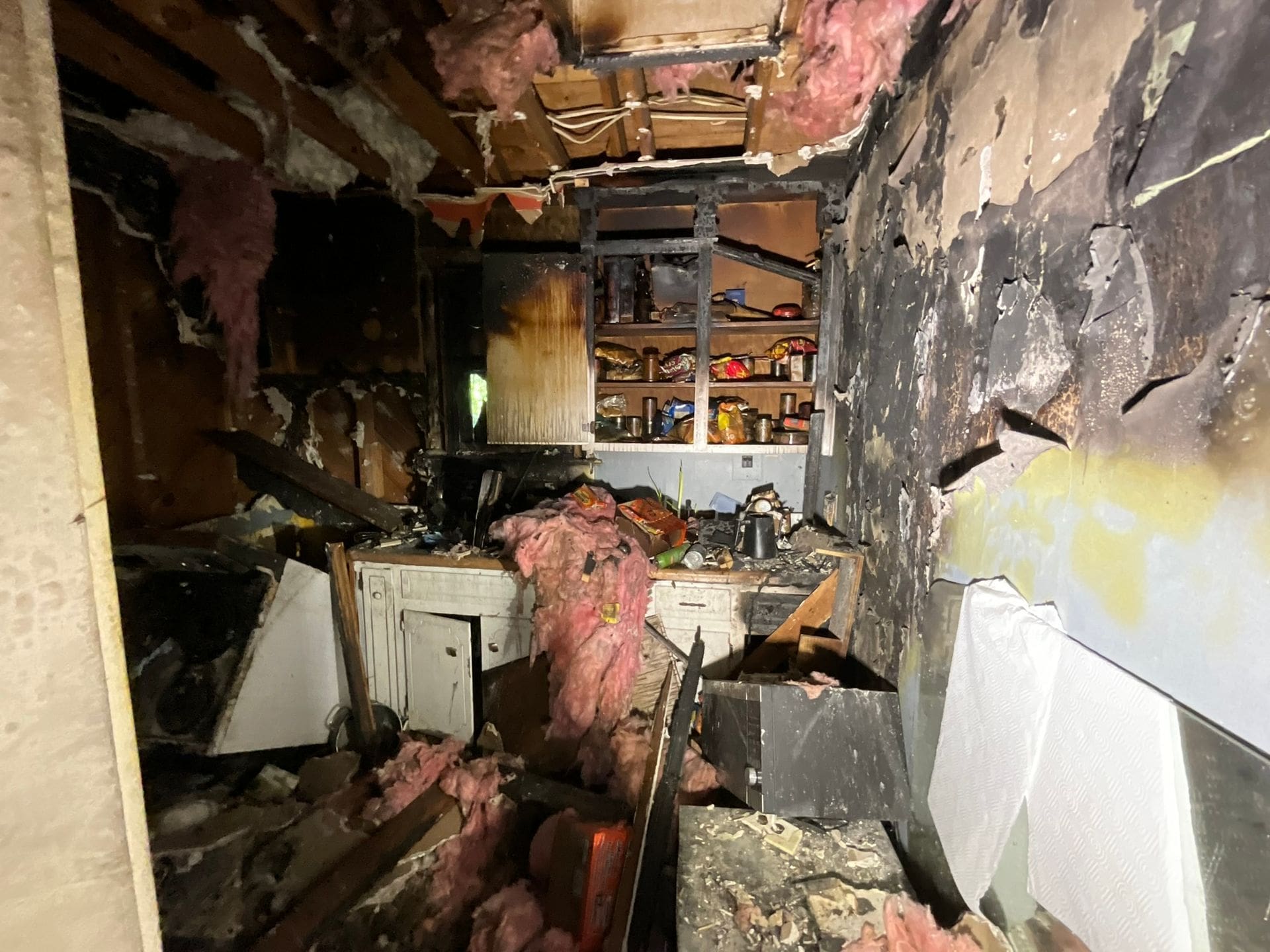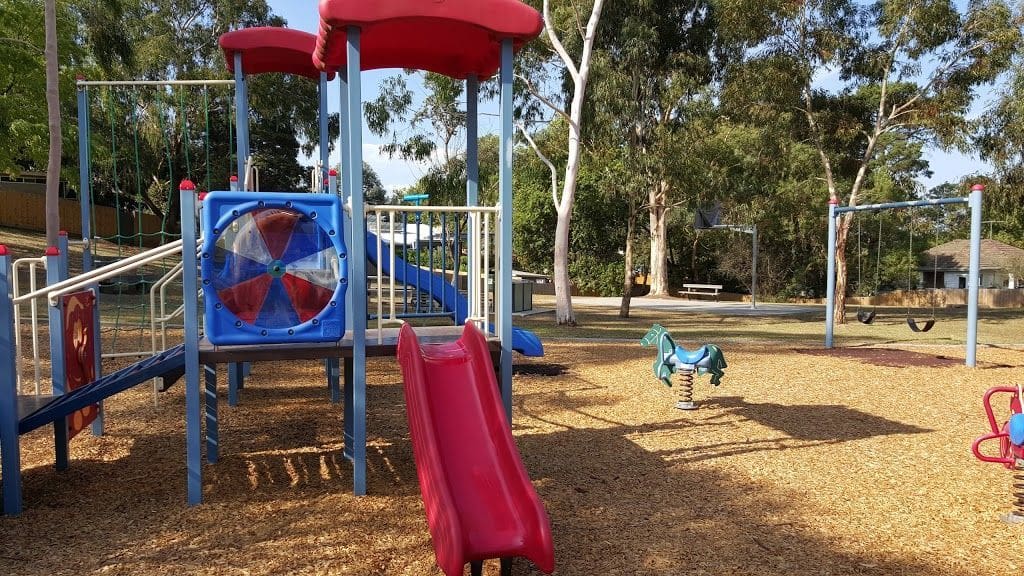Understanding Asbestos in Construction
Asbestos, once praised for its versatility and durability, is now known as a dangerous material in the construction industry. Even though it’s banned in many countries, asbestos still lingers in many buildings, posing significant health risks. To navigate these hazards, both employers and workers need to understand asbestos, its dangers, and the regulations surrounding it. This guide will help you understand asbestos in construction, its risks, and how to handle it safely.

What is Asbestos?
Asbestos is a group of naturally occurring minerals known for their fibrous nature and resistance to heat, chemicals, and electricity. In the past, asbestos was used in many construction materials, including insulation, flooring, roofing, and fireproofing products. While modern buildings rarely use asbestos, older structures still contain it, especially during renovation or demolition activities.
Understanding the Dangers
Exposure to asbestos fibers can cause serious health problems, often appearing decades after the initial contact. Asbestos-related illnesses include asbestosis, lung cancer, and mesothelioma. These diseases can take 20 years or more to develop after exposure.
Workers involved in remodeling homes are at particular risk. During renovation activities, asbestos-containing materials can be disturbed, releasing fibers into the air. Without proper precautions, these workers can inhale the fibers, leading to severe health issues over time. It’s crucial for remodeling professionals to be aware of the presence of asbestos and follow safety protocols to minimize exposure.
Is Asbestos Still Used in New Construction?
In new construction, the use of asbestos is rare and generally prohibited in many countries, including the United States. Specifically, asbestos was banned in new homes in South Carolina and Georgia in the late 1970s. The Environmental Protection Agency (EPA) issued a series of regulations in 1973 and 1978 that significantly restricted the use of asbestos in building materials, effectively banning its use in new residential construction.
However, asbestos can still be found in older homes and commercial properties, posing significant risks during renovations or demolitions. This makes thorough inspections and proper handling essential to prevent exposure. Homeowners and contractors should be particularly vigilant when working on buildings constructed before the bans were implemented, as these structures are more likely to contain asbestos-containing materials.
Regulatory Standards for the Construction Industry
To protect workers from asbestos exposure, regulatory bodies like the Occupational Safety and Health Administration (OSHA) have set strict standards for the construction industry. The asbestos standard for the construction industry (29 CFR Part 1926.1101) regulates asbestos exposure for various activities, including demolition, removal, encapsulation, maintenance, and disposal.
Work Classification
OSHA categorizes asbestos-related construction work into four classes, each requiring specific control measures:
- Class I: Involves removing highly hazardous asbestos-containing materials like insulation and surfacing products.
- Class II: Covers the removal of less hazardous materials such as flooring and roofing products.
- Class III: Includes repair and maintenance operations on asbestos-containing materials.
- Class IV: Involves custodial activities like cleaning up asbestos waste.
Exposure Limits and Monitoring
Employers must monitor and assess asbestos operations to ensure they comply with exposure limits. This includes conducting initial exposure assessments and periodic monitoring to track employee exposures accurately.
Medical Surveillance
Workers involved in asbestos-related activities or exposed above prescribed limits need medical surveillance programs. These programs include periodic medical exams and physical examinations to monitor employees’ health.
Recordkeeping Requirements
Employers must keep detailed records of asbestos-related activities, including exposure monitoring data, medical surveillance records, and training documentation. These records are essential for ensuring regulatory compliance and protecting worker health.
Conclusion
Asbestos remains a significant hazard in the construction industry, requiring strict safety measures and adherence to regulations. By understanding the risks and implementing control measures, we can mitigate the harmful effects of asbestos and create safer working environments for everyone.
EnviroPro 360 is here to support construction and remodeling companies in Columbia, SC, and Augusta, GA, by providing comprehensive asbestos testing, detection, and inspection services. Our expert team ensures that your employees are protected from asbestos exposure by identifying and managing asbestos-containing materials before any work begins. With our advanced techniques and thorough assessments, you can confidently proceed with your projects, knowing that safety is our top priority.


